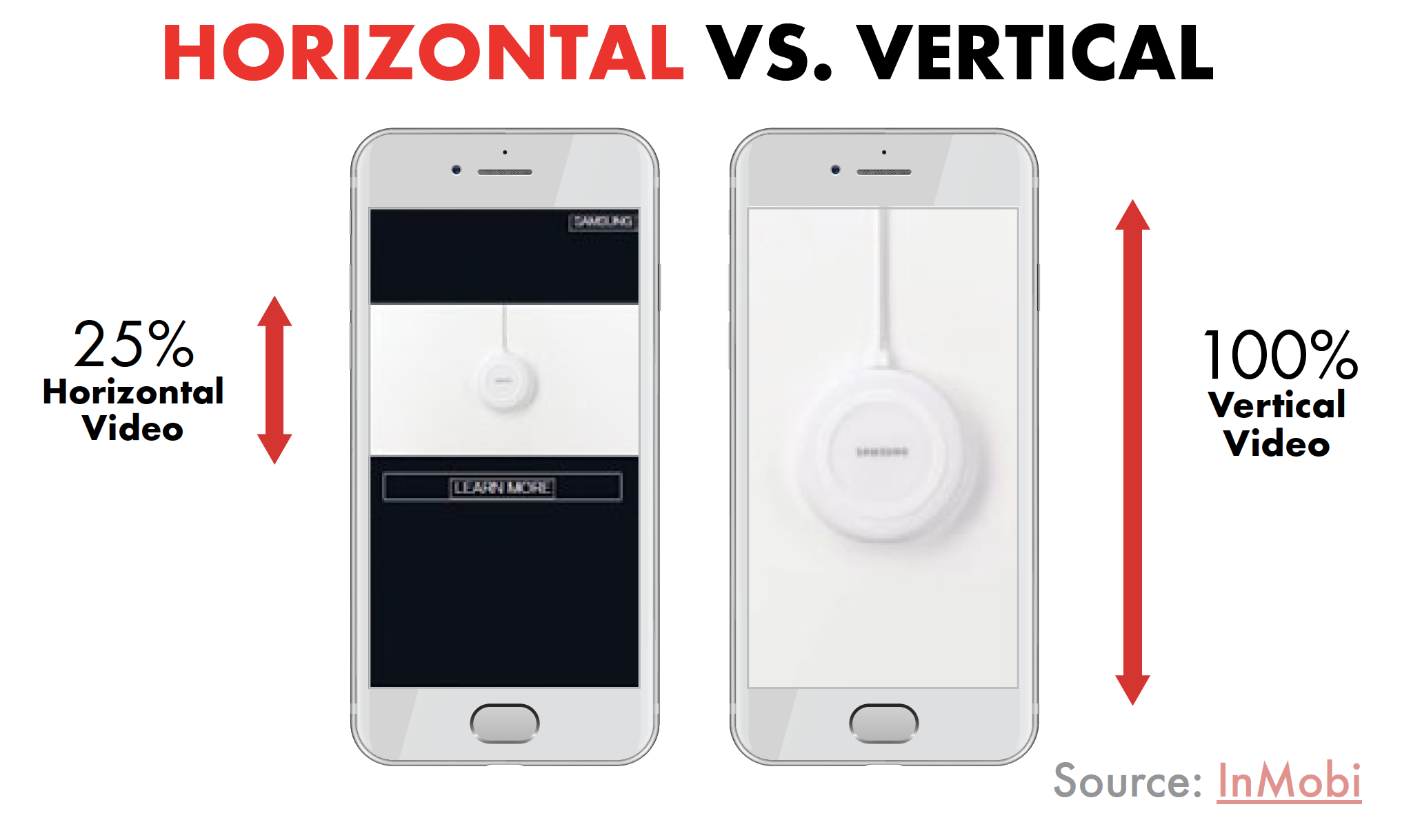My favorite marketing professor once said: “Good marketers are perpetual students of human behavior.” His point was that in order to truly understand which products and services resonate with consumers (and why), we need to go beyond survey data; from what people say they do, to what they do in actual life. When thinking about the digital video space, some behavioral shifts are obvious (the continued march towards mobile, driven by near continuous checking of devices, now at 82 times per day amongst 18-24 year-olds according to Deloitte) and the growing preference for video content (demonstrated by the astonishing increase in mobile video ad spend, 145% year-over-year, reaching $4.2 billion in 2016, source: IAB).
Other changes are more nuanced, such as when consumers choose to use their web browser versus an app. A growing trend in mobile behavior—driven in particular by the popularity of apps such as Instagram, Facebook, Snapchat as well as the lip-syncing app, musical.ly—is the consumption, creation, sharing, and discovery of video vertically (without tilting the device to the horizontal mode). A recent study by analytics firm MOVR underscores this trend. Their study shows that most smartphones are now being used in portrait orientation, with the most popular device size (5.5 to 6”) showing 90% portrait usage (MOVR, Q2 2017).
Advertisers have taken notice of the trend. Half of the advertisers interviewed for the IAB NewFronts Video Ad Spend study stated that they purchased vertical video ads in 2016. Inspired by this continued growth in vertical consumption, the IAB Vertical Video Working group has prepared the Vertical Video Advertising Best Practices that offer marketers tips and suggestions for how best to develop device and platform-specific vertical video creative that takes advantage of the opportunity for full-screen immersion.
While marketers continue to shift their spend to reach consumers on these natively vertical experiences, a number of questions emerge including how to address these vertical-first consumers strategically, especially given the industry-wide call for more consumer-friendly ad experiences. What’s the best approach for scalable creative design, given that the majority of creative assets are still being shot with a horizontal focus? Can the same format, content, and creatives used for horizontal and linear environments still be applied to vertical placements? How can advertisers avoid the obvious signs of repurposed assets (such as letterboxing, white spaces that may appear on either side of a horizontal creative edited for vertical placement)?
With these and other questions in mind, the IAB Vertical Video Advertising Best Practices were developed to provide agencies and marketers a quick reference to the vertical video landscape, its benefits and challenges, and the best practices for creating video in vertical format, with live, creative examples that demonstrate how vertical formats are being implemented.
There is an upside for marketers who go the extra mile to create experiences that more closely match the way mobile consumers are engaging with content. Initial studies from companies such as YuMe, Facebook, and Snapchat indicate consumers are receptive to vertical video ads and that these ads can generate higher engagement rates and in some cases incremental brand lift.
As vertical video and other advertising formats continue to evolve, IAB will continue to evaluate them. If you are an IAB member and would like to be involved in these ongoing discussions, please email [email protected].
Read more about Vertical Video Vertical Video Advertising Best Practices





